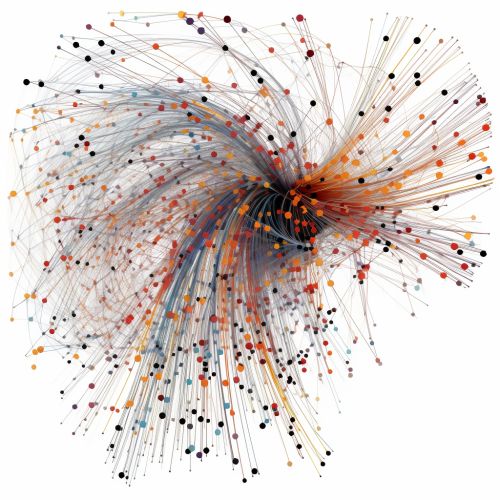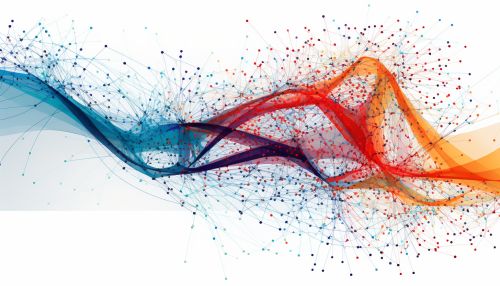ElasticNet Regression
Introduction
ElasticNet Regression is a type of regression analysis method that combines the properties of both Ridge Regression and Lasso Regression. It is a regularized regression method that linearly combines the L1 and L2 penalties of the Lasso and Ridge methods.
Overview
The ElasticNet Regression method was proposed by Zou and Hastie in 2005. The main goal of this method is to overcome the limitations of both the Ridge Regression and the Lasso Regression methods. Specifically, it aims to maintain the feature selection properties of Lasso while also allowing for the grouping effect of Ridge.
Mathematical Formulation
The ElasticNet minimizes the following objective function:
\[ \min_{\beta_0, \beta} \frac{1}{2n} \lVert y - \beta_0 - X \beta \rVert_2^2 + \lambda \left( \frac{1}{2}(1 - \alpha) \lVert \beta \rVert_2^2 + \alpha \lVert \beta \rVert_1 \right) \]
where: - \(y\) is the output vector - \(X\) is the data matrix - \(\beta_0\) is the intercept - \(\beta\) is the coefficient vector - \(\lambda\) is the regularization parameter - \(\alpha\) is the ElasticNet mixing parameter


Advantages and Disadvantages
ElasticNet Regression has several advantages and disadvantages when compared to other regression methods.
Advantages
ElasticNet Regression combines the advantages of Ridge and Lasso Regression. It can handle both multicollinearity and the feature selection problems. It is especially useful when dealing with high dimensional data.
Disadvantages
One of the main disadvantages of ElasticNet is that it includes two parameters, and thus it is more computationally expensive to compute. This is because it requires tuning the parameters through cross-validation. Furthermore, like Lasso, it tends to select more variables, thus leading to larger models if there are highly correlated variables.
Applications
ElasticNet Regression has been widely used in various fields, including bioinformatics, computational biology, and medical imaging. It is particularly useful in situations where there are high levels of multicollinearity among the predictor variables.
